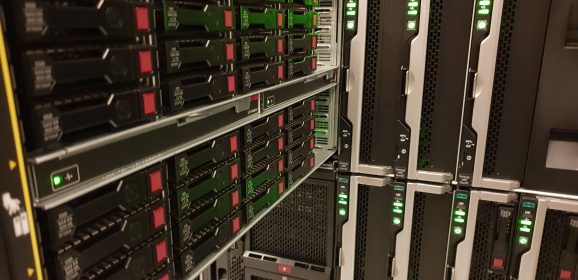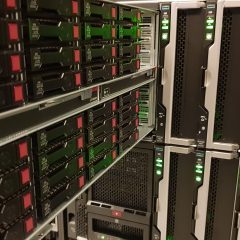VMware Workstation – ‘Linked Clones’ from Templates
Linked Clones KB ID 0000953 Problem VMware Workstation, is a great test tool, if i need to take a look at some new software, or plan how I’m going to do a job, and I don’t have access to the ESX server, or test bench, it’s a great tool to have on my laptop. If you build machines form scratch, every time you need one it can take a while. To address that you can create a template and deploy machines from that. To...
Windows Server 2025 Trust Relationship Failures Post-Upgrade
2025 Trust Relationship KB ID 0001917 Problem Following a full upgrade of all domain controllers (DCs) to Windows Server 2025, organisations may experience trust relationship failures between domain-joined workstations and the domain. This issue predominantly affects clients running Windows 10/11 versions up to 23H2. Notably, environments retaining at least one older DC do not encounter this problem. Symptoms Users unable to log in to...
Windows – Firewall Group Policy
Firewall Group Policy KB ID 0000979 Problem For everyone who simply does not disable the Windows firewall, then you need to be able to manage what ports are open on your machines. The simplest way to do this is via firewall group policy. This week I had to open TCP port 9503 on the local firewall of my McAfee Move Offload Servers. Below I will open that port on all my machines, but in production I will only apply the GPO to...
Windows Displaying a Logon Notice (legal notices)
Logon Notice KB ID 0000328 Problem It’s been a while but when I was asked my notes were seriously out of date .Should you with to enable this feature then do the following. Solution : Logon Notice Logon Notice Option 1 – via Domain Policy 1. On a domain controller, Start > administrative tools > Group Policy Editor > Either edit an existing policy or create a new one (Remember its a computer policy you need to...
Updating Domain Computer Objects with Last Logon and Machine Information
Last Logon KB ID 0001340 Problem I can’t really take the credit for this, I was at a client’s site a few weeks ago, and they were doing this. I thought ‘That’s cool, I’ll have a play with that when I get the chance”. Essentially, you update the description of the Computer object(s) in AD so that they list; The last user who logged on. What time they logged on. What AD ‘Site’ the machine...
Can I delete Windows.old?
Can I delete Windows.old KB ID 0001904 Problem The Windows.old folder is generated when you reinstall or upgrade Windows without formatting the drive. Here are some scenarios that would have create it. Upgrading Windows: When you upgrade to a newer version of Windows (e.g., from Windows 10 to Windows 11), the system creates the Windows.old folder to back up your previous installation. This allows you to roll back to the earlier...
How to track failed logon attempts in Active Directory
Track failed logon KB ID 0001209 Problem If a large number of failed logon attempts occur within a certain period of time, it could be an indication of a security threat, which is why it is important that organisations have a proactive means of auditing and monitoring whenever this happens. There are a number of ways you can perform this audit, one of which is using the native tools. Here, we will take you through the steps so that...
Windows SSH ‘No Matching Key’
No Matching Key KB ID 0001900 Problem : No Matching Key Typically I see this problem on my mac or within various Linux distributions. I’ve covered extensively how to fix this on a mac in the following article. macOS – SSH Error ‘No Matching Exchange Method Found’ So when I saw the same question asked for a Windows client, I went and looked, and found some patchy information, so I thought I’d work it out and post it here...
Printers “Some Of These Settings are Managed By Your Organisation”
Managed By Your Organisation KB ID 0001899 Problem When attempting to add a printer, or engage with the printer settings dialog, you may see. Some Of These Settings are Managed By Your Organisation Solution : Managed By Your Organisation This is usually because a policy is being applied, (or has been applied) that is making a change in your registry, to the following key. HKEY_CURRENT_USER > Software > Microsoft > Windows...
What GPO are Applied?
What GPO KB ID 0001898 Problem There are a number of reasons for you to test and demonstrate group policy application. Recently on Experts Exchange there was a question. where a user could not add a printer because those settings were “Controlled by their organisation’ but was pretty sure no printer GPOs were applied. Or you may simply be setting up a new GPO and it’s not applying, or not working as you would expect....











